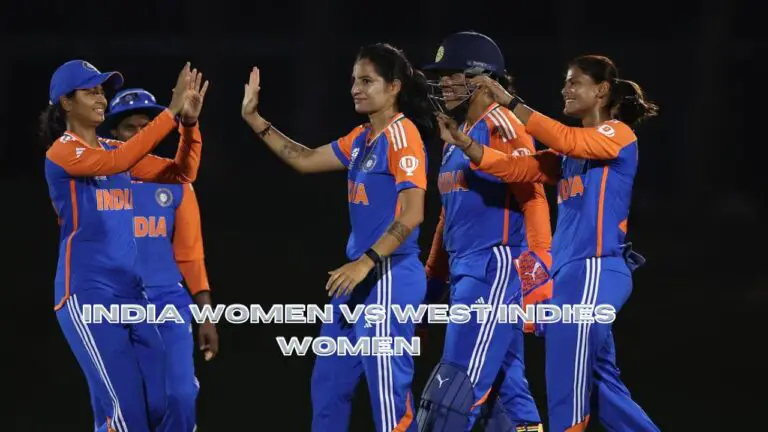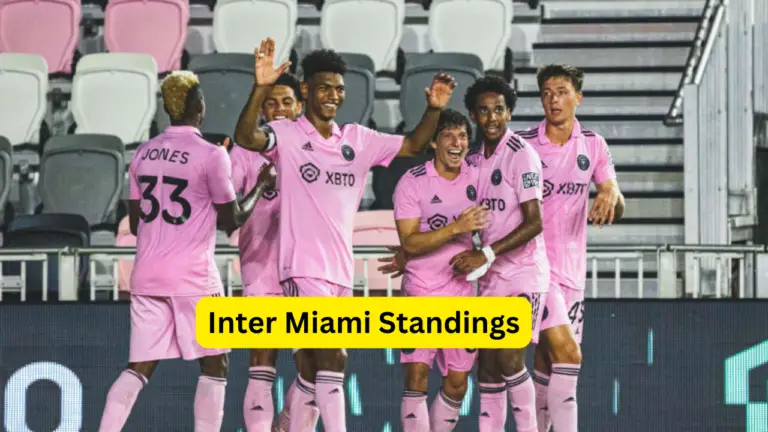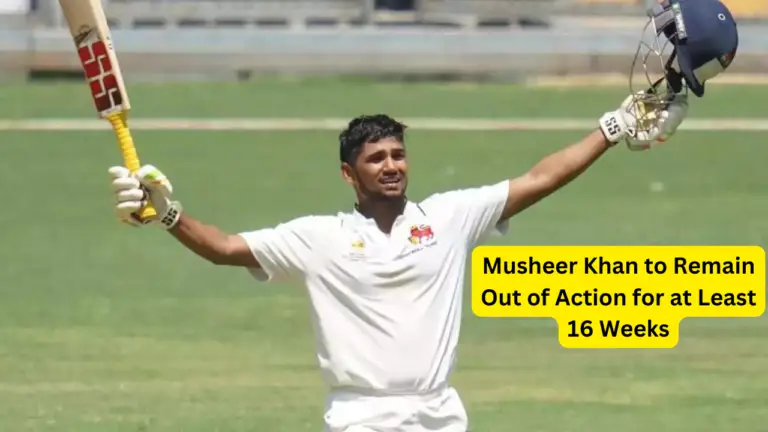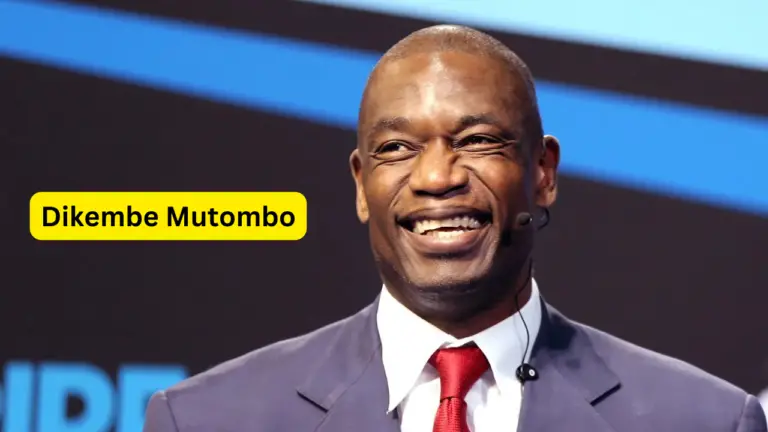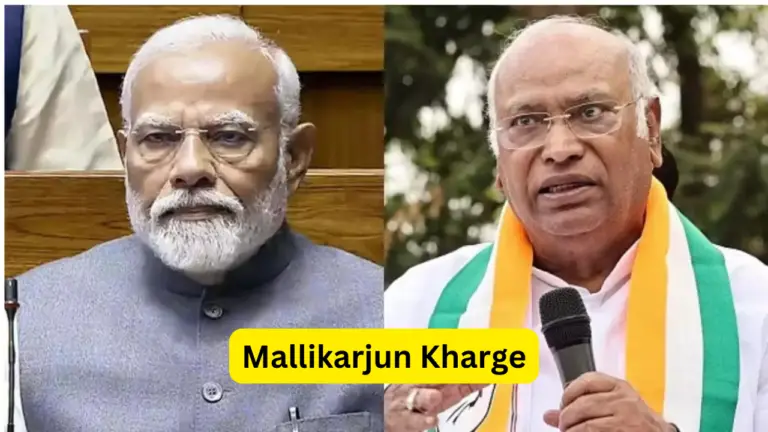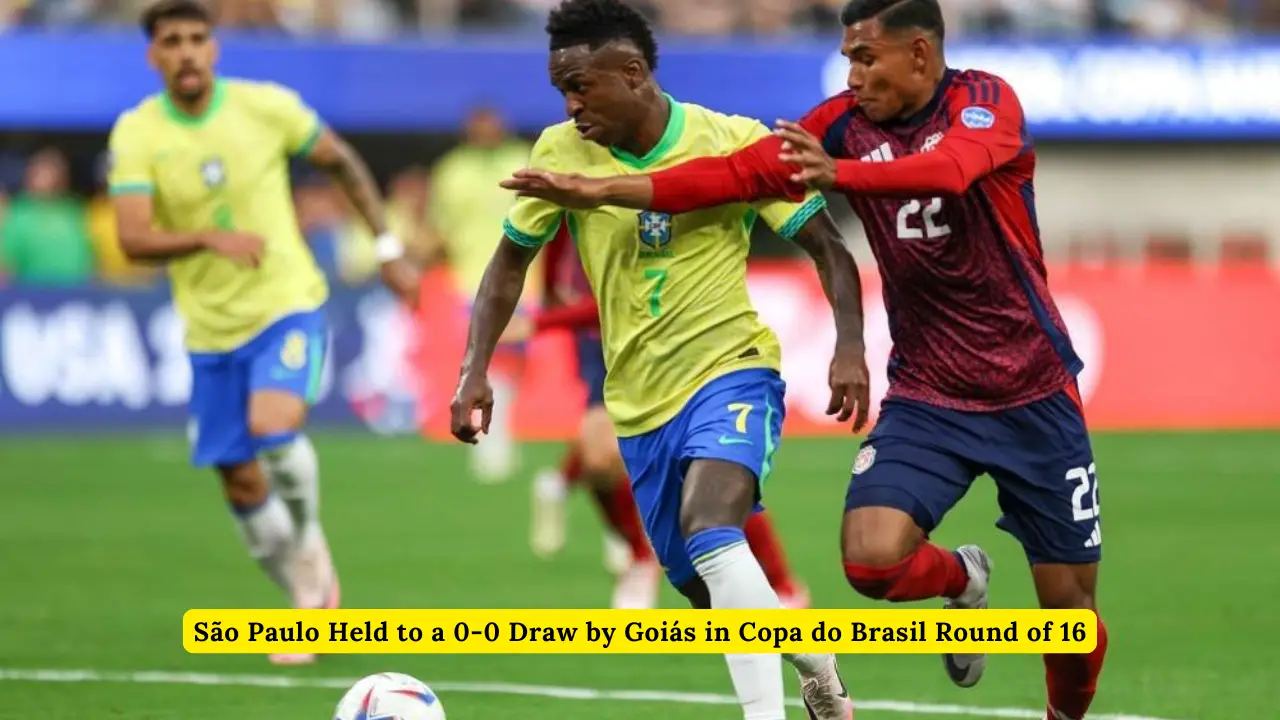
São Paulo Held to a 0-0 Draw by Goiás in Copa do Brasil Round of 16
In an intense encounter on Thursday, August 8th, São Paulo found themselves held to a frustrating 0-0 draw by Goiás in the second leg of the Copa do Brasil Round of 16. The result, while enough to keep São Paulo’s hopes alive in the tournament, raises significant questions about their ability to break down resolute defenses as they move deeper into the competition. Below, we delve into the match details, team strategies, key players, and what this draw means for São Paulo going forward. São Paulo Held to a 0-0 Draw by Goiás in Copa do Brasil Round of 16
A Defensive Stalemate in Goiânia
The match at the Estádio Hailé Pinheiro was a tactical battle from start to finish. Both teams entered the game with a clear understanding of what was at stake—advancement to the quarterfinals of Brazil’s premier domestic cup competition. Goiás, known for their solid defensive structure, deployed a compact formation designed to frustrate the attacking prowess of São Paulo. On the other side, São Paulo, despite their wealth of attacking options, struggled to find the breakthrough against a disciplined Goiás defense.
São Paulo’s Tactical Approach
São Paulo lined up with their usual 4-2-3-1 formation, a setup that has served them well throughout the season. The midfield was anchored by Pablo Maia and Rodrigo Nestor, who were tasked with controlling the tempo of the game and linking up with the attacking trio ahead of them. The wingers, Wellington Rato and Luciano, were expected to stretch the Goiás defense and provide service to the lone striker, Jonathan Calleri.
However, Goiás effectively nullified São Paulo’s wide play, forcing the visitors to attempt more central penetrations. Unfortunately for São Paulo, the compact nature of Goiás’ defense meant that space was at a premium, and the likes of Gabriel Neves found it difficult to create clear-cut chances.
Goiás’ Defensive Masterclass
Goiás’ coach, Armando Evangelista, deserves immense credit for his team’s defensive discipline. The home side set up in a 5-4-1 formation, with the back five maintaining a high level of concentration throughout the match. The center-backs, led by Lucas Halter, were particularly impressive, dealing with crosses and through balls with relative ease.
The full-backs, Magalhães and Sander, were instructed to stay deep and only venture forward when absolutely necessary, ensuring that São Paulo’s wingers had little room to operate. Additionally, Goiás’ midfielders provided excellent cover, with Caio Vinícius and Auremir frequently dropping back to form a second defensive line in front of their back five.
Key Moments of the Match
While the match ended goalless, there were several moments of note that could have swung the game in favor of either side.
Early Chances for São Paulo
In the early stages of the match, São Paulo looked the more threatening of the two sides. In the 15th minute, Luciano unleashed a powerful shot from the edge of the box, but it was well saved by Goiás goalkeeper Tadeu. Moments later, Wellington Rato found himself in space on the right flank, delivering a dangerous cross that narrowly missed the head of Jonathan Calleri.
Goiás’ Resilient Defense
As the match progressed, Goiás settled into their defensive rhythm, absorbing São Paulo’s pressure and looking to hit on the counterattack. Their best chance came in the 37th minute when Vinícius latched onto a loose ball just outside the penalty area and struck a fierce shot that forced Rafael, São Paulo’s goalkeeper, into a fine save.
Second Half Frustration
The second half saw more of the same, with São Paulo dominating possession but struggling to break down Goiás’ well-organized defense. A few half-chances fell to Calleri and Neves, but none were clear enough to trouble Tadeu. In the 75th minute, Wellington Rato had a golden opportunity to put São Paulo ahead, but his close-range effort was blocked heroically by Lucas Halter.
Implications for São Paulo’s Season
This draw leaves São Paulo with a bittersweet feeling. On one hand, they managed to avoid defeat and keep a clean sheet, which is always a positive in a knockout competition. On the other hand, the inability to score against Goiás, particularly in a match where they controlled the majority of the play, highlights a potential weakness that other teams may look to exploit in the latter stages of the tournament.
Focus on Finishing
One of the key takeaways from this match is São Paulo’s need to improve their finishing. Despite creating several opportunities, their forwards failed to capitalize, which could be a concern as they face tougher opponents moving forward. Coach Dorival Júnior will likely focus on this aspect in training, ensuring that his team can convert possession and chances into goals.
Defensive Solidity
On the positive side, São Paulo’s defense looked solid throughout the match. Arboleda and Beraldo formed a formidable partnership at the back, and Rafael in goal was reliable when called upon. This defensive stability will be crucial as they progress in both the Copa do Brasil and the domestic league.
What’s Next for São Paulo?
Looking ahead, São Paulo will need to regroup and refocus as they prepare for the next round of the Copa do Brasil. Their next opponent will undoubtedly pose a new set of challenges, and they will need to be at their best to advance to the semifinals. Additionally, they will need to balance their cup ambitions with their domestic league commitments, where they remain in contention for a top-four finish.
Key Areas for Improvement
- Attacking Fluidity: São Paulo must work on their attacking combinations and movement to unlock tight defenses.
- Set-Piece Efficiency: With a lack of open-play goals, set-pieces could provide a crucial source of goals for São Paulo.
- Squad Rotation: Managing player fatigue will be essential as the season progresses, especially with multiple competitions.
Conclusion
The goalless draw against Goiás serves as a reminder that while São Paulo is a team with significant potential, there are still areas that require improvement. As they continue their Copa do Brasil campaign, they will need to address these issues to ensure they can compete at the highest level.
